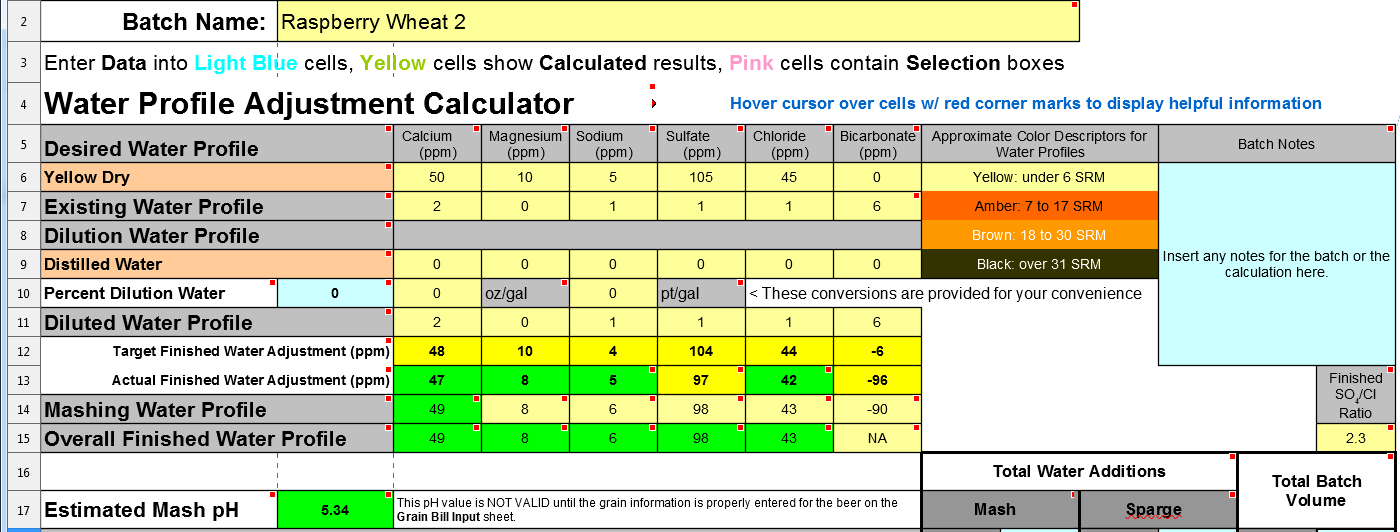Often times I think people confuse the taste one derives from Lactobacillus (the bacteria required to sour a beer such as a Lambic) with 88% Lactic Acid. There is no Lactobacillus present in Lactic Acid.
Brulosophy added 19 ml of 88% Lactic Acid to a 5 gallon batch, and as a consequence they mashed it at pH 4.45, and did so side by side with an identical batch that did not get any added lactic acid, and was mashed at pH 5.30, and in the end a panel of blind taste testers could not distinguish between them.
To me this indicates two things.
1) 19 ml of 88% lactic acid in a batch sized for 5 gallons at the finish is not detectable.
2) Mashing at an unbelievably low measured pH of 4.45 caused no ill effects to the fermentation or the resulting beer.
Lastly, both beers finished fermenting at the same pH. The yeast made this happen.



